
OVERVIEW
MANAGEMENT
PERFORMANCE
POSSIBILITIES
CAPITALS
ACTIVITIES
ACTORS
BURGESS
|
MILITARY EQUIPMENT
UKRAINE Novel Capabilities: Ukraine’s Vilkha MRL and other equipment 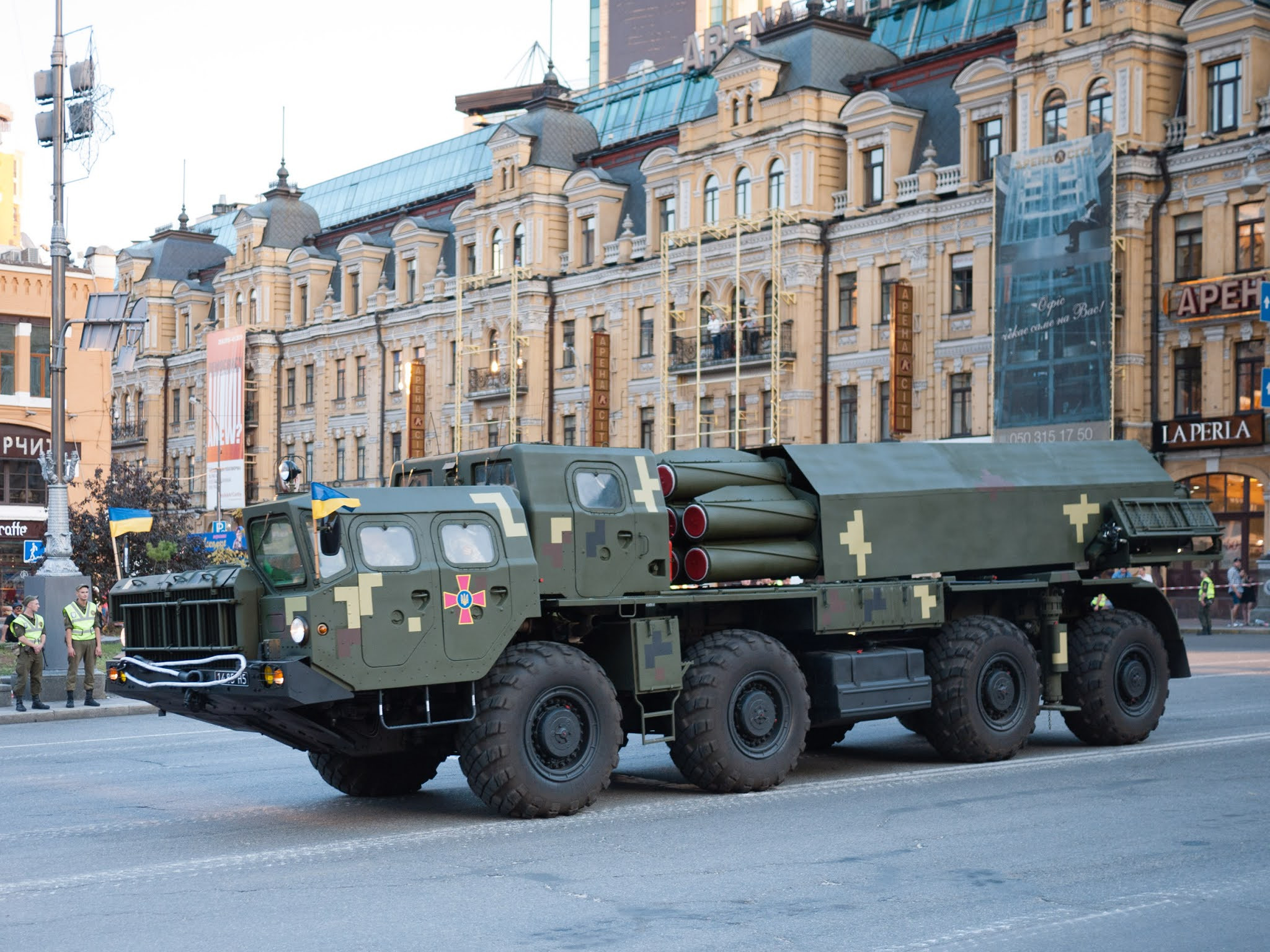
Adler , Armed Forces Of Ukraine Original article: https://www.oryxspioenkop.com/2021/05/novel-capabilities-ukraines-vilkha-mrl.html Burgess COMMENTARY This article from May 2021. many months before the current invasion of Ukraine by Russia, shows some of the military sophistication that has been home-grown in Ukraine. During the recent crisis where Russia has invaded Ukraine for the umpteenth time, I have been reminded of the high productivity of the country especially with respect to modern industry, energy and agriculture. Ukraine was a very important component of the former Soviet Union and I can understand why it is that Putin wants to have it back. I hope that Ukraine will prevail in the current war with Russia because Ukraine will be a huge value-add for Europe and the free world generally. Freedom is costly ... and for the moment the Ukrainians are the only ones truly paying the price. Hopefully Western allies will stay together and support Ukraine for as long as it takes. This is not 'for sure' because many people in the free 'West' have grown soft and unwilling to commit very much to do the more difficult but essential things. So far, so good ... but this is only the first innings, and all important games have many innings !!!!! Peter Burgess | ||
|
Novel Capabilities: Ukraine’s Vilkha MRL
By Oryx Written by Stijn Mitzer and Joost Oliemans Monday, May 10, 2021 (Accessed April 7th 2022) Ever since the takeover of Crimea by Russia and the outbreak of armed conflict in the Donbas region, Ukraine has launched an ambitious re-equipment programme to make up for the decades of neglect of its armed forces. In addition to pulling older equipment out of storage to overhaul and upgrade them, it has also begun to introduce entirely novel capabilities to its armed forces. Notable examples include the indigenous Neptune anti-ship missile (AShM) the Hrim-2 short-range ballistic missile (SRBM) and the Turkish Bayraktar TB2 unmanned aerial combat vehicle (UCAV). To further expand on its growing capabilities, Ukraine has started upgrading its 300mm BM-30 'Smerch' multiple rocket launchers (MRLs) to enable the use of new guided munitions that offer both significantly increased accuracy as well as a vastly increased range over their unguided predecessors. First unveiled in 2018 as the Vilkha (Alder) MRL, the improved Vilkha-M system is set to enter mass-production in 2021 after years of testing. [1] Given the rockets' commonality with those of the proven BM-30 launch system, Ukraine will likely have little problems in incorporating these guided munitions into its armed forces. For Ukraine, the mass procurement of guided munitions allows it to build up an effective deterrence against Russia at relatively little cost. Although definitely in a different class than SRBMs, the Vilkha-M could end up taking over some of the firing missions currently entrusted to Tochka-U SRBMs that make up the sole long-range ground-based missile asset of Ukraine. Offering a similar range but twelve times the number of munitions and much increased accuracy at the cost of a smaller warhead (half the size of that of the Tochha-U), the Vilkha-M presents a considerable increase in firepower and general capabilities to Ukraine. 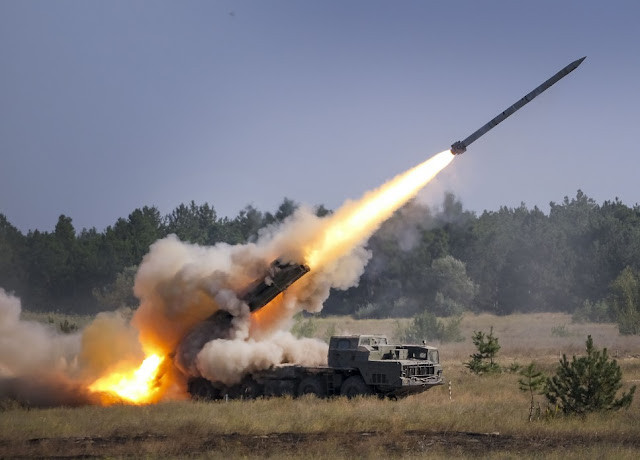
A deadly reminder As the first major conventional conflict in Europe since the Yugoslav Wars of the 1990s, the war in Eastern Ukraine serves as a reminder of the massive potential of numerous weapon systems and electronic warfare assets in combat situations, and the destructive power of MRLs is certainly no exception. Suffice it to say that the conclusions drawn during the conflict not only reverberated through the Ukrainian military, but that they also served as a wake-up call to Western militaries that have retired several of the weapon systems at play (including MRLs) as a result of ever decreasing military budgets. Elsewhere, nations such as China, Turkey, Iran and North Korea have made considerable investments in designing and producing long-range precision-guided artillery rockets. Several of these are based on unguided rockets of the Soviet-legacy 300mm calibre, as is the case with the Vilkha system. Using the existing body of a 9M55 rocket with a range of 70 kilometres and a 250kg warhead as a basis, the upgraded rocket (now known as R624) adds a new solid-fuel engine, GPS-aided inertial guidance and 90 tiny guidance thrusters to drastically reduce the circular error probable (CEP) of the rocket to some 10 metres. [2] Only in the Vilkha-M system, which uses the newly-produced R624M series of rockets, do the improvements also result in a significant range increase. Sacrificing warhead size for range, the Vilkha-M can attain ranges up to 130km with a 170kg warhead, while a further improved variant known as the Vilkha-M1 can either be fitted with a 170kg warhead that allows it to reach distances up to 154km or with a 236kg warhead for a maximum range of 121km. [2] The latest variant, the Vilkha-M2, is reported to have a range of just over 200km. [2] The additional range contributes to an overall decrease in terminal accuracy however, which likely approaches some 30 metres CEP for the R624M. Further improvements in range can be achieved by the use of new rocket fuel to increase the thrust by some 18% compared to when still using the old fuel. With the new fuel load, even the R624 could be able to fly for more than 100km, and the M, M1 and M2 variants could have their ranges approaching and possibly exceeding 200km. [3] Innovation hardly stops here, as another project by the Luch Design Bureau entails turning the Vilkha MRL into a common launcher for artillery rockets and a new type of surface-to-air (SAM) missile with a maximum range of 100km. [4] 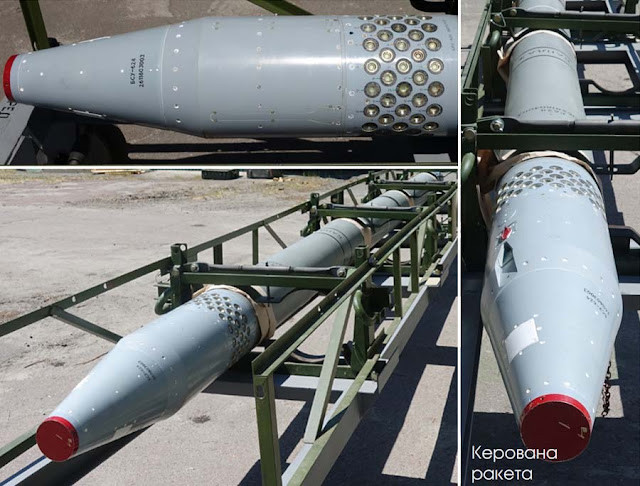
The rocket's method of operation is decidedly unconventional, as its guidance is complicated by the fact that course correction by use of aerodynamics are impossible shortly after launch due to low initial speed. To mitigate these effects, 90 small rocket thrusters arranged around the guidance section of the rocket can each provide a few seconds of directed thrust in the early launch stage. This is sufficient to set the rocket on course towards the vicinity of its target; aerodynamic vanes extend during the final approach to facilitate last-minute adjustments. Like many modern MRL designs, guidance is both inertial and GNSS-enabled. Though the latter can potentially be used to achieve a CEP much smaller than attained by inertial guidance, it is potentially vulnerable to jamming practices, and some other modern designs use video guidance to match visual input with expected surroundings. 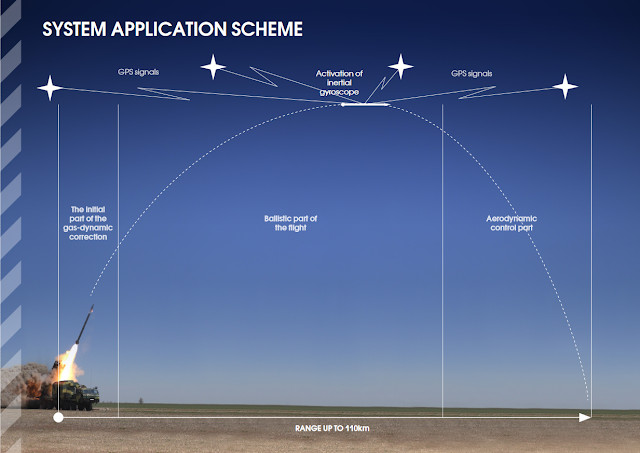
A major advantage of the R624(M) guided rockets is that they can easily be integrated into existing BM-30 MRLs without requiring extensive modifications to the launcher. This trait makes the Vilkha(-M) an attractive option for nations such as Azerbaijan, Algeria, Kuwait and Turkmenistan that also operate the BM-30. In April 2021, the Luch Design Bureau announced that it had signed its first contract with a foreign nation for the supply of R624M rockets. However, neither the recipient country nor any other details were reported. [5] 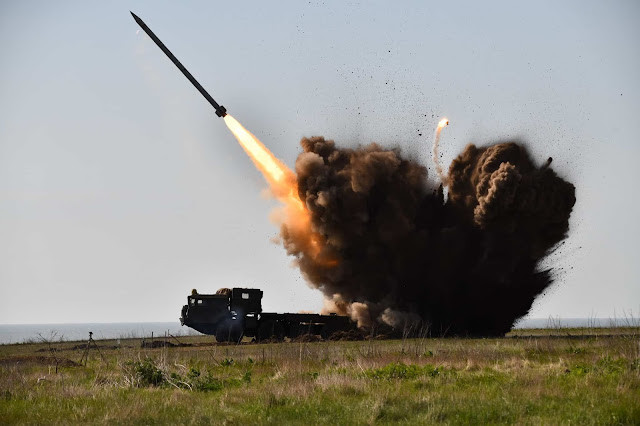
Another possible future development concerns the introduction of a laser-guidance kit to transform the R624(M) rockets into precision-guided munitions that can hit targets marked by Bayraktar TB2s UCAVs. This impressive striking capability already exists in Turkey and Azerbaijan through the TRLG-230 MRL, and significantly increases the operational capabilities of both the TB2 and the MRL. By fitting a laser guidance kit to the rocket, the need for other guidance systems are negated, allowing the system to be more electronic-warfare resistant and at the same time vastly more accurate. Though it is unknown whether development of such an offensive capability is already being pursued in Ukraine, it is precisely this type of synergy between reconnaissance/strike platforms and precision-guided munitions that has been a gamechanger on modernity's battlefields. 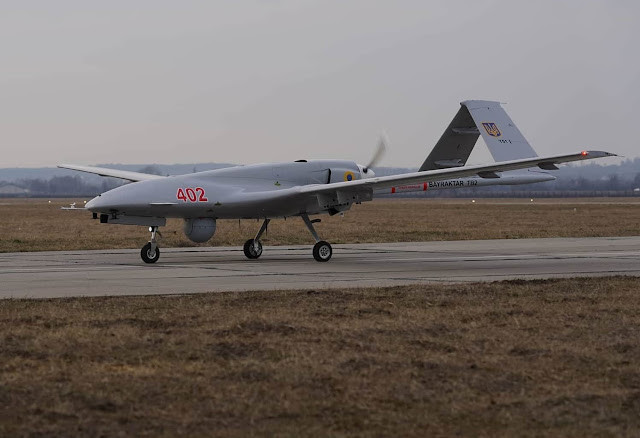
On the defensive side, the introduction of trucks with better characteristics and the uparmouring of existing ones represents a simple improvement that serves to enhance the survivability of Ukraine's Vilkha(-M) MRLs. The Vilkha-M system will likely use KrAZ-7634 trucks that also serve as the basis of the Neptune AShM coastal defence missile system instead of the original MAZ-543. This layout was first demonstrated during the IDEX exhibition held in Abu Dhabi in February 2019. In December the same year, a new concept with an armoured cabin instead of the unarmoured cabin of the earlier version was showcased. Continued introduction of new trucks also serves to improve the mobility of the Vilkha MRL, allowing for swifter relocation after firing in turn again enhancing survivability, but also expanding its flexibility in operations and deployment options. 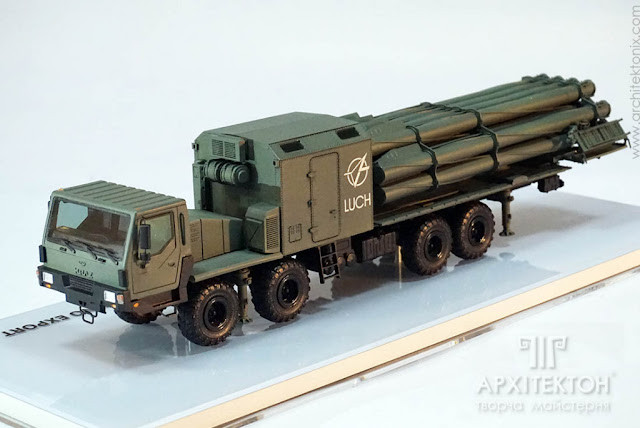
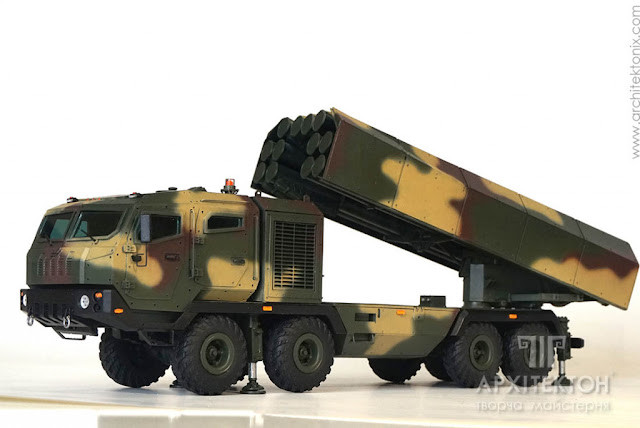
The increased range of the Vilkha-M means that a crucial portion of Ukraine's rocket forces will soon have the potential to outrange virtually all Russian MRLs with devastating accuracy. Although this already significantly upsets the balance encountered during the previous conflict, Ukraine could further improve on this concept either through the continued development of the Vilkha series of guided rockets to incorporate laser-guidance or by purchasing the Turkish TRLG-230 that can strike targets at ranges of up to 70 kilometres with pinpoint accuracy. With several partnerships that specifically aim to adress such combined development programmes between Turkey and Ukraine already in place (most notably Black Sea Shield between Baykar Savunma — designer of the Bayraktar TB2 — and Ukrspecexport), combining Turkish operational and design experience with UAVs and systems like the TRLG-230 with Ukraine's existing military industrial complex could enable the development of entirely novel capabilities. 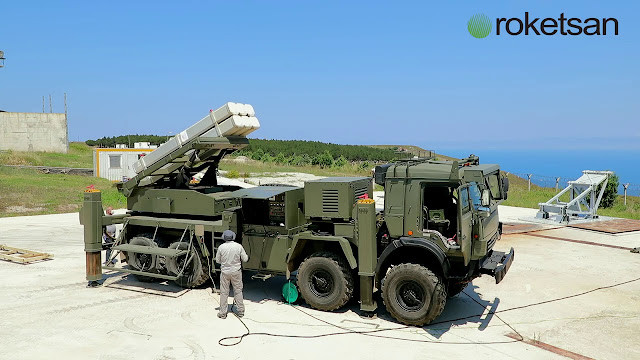
| The text being discussed is available at | https://www.oryxspioenkop.com/2021/05/novel-capabilities-ukraines-vilkha-mrl.html and |